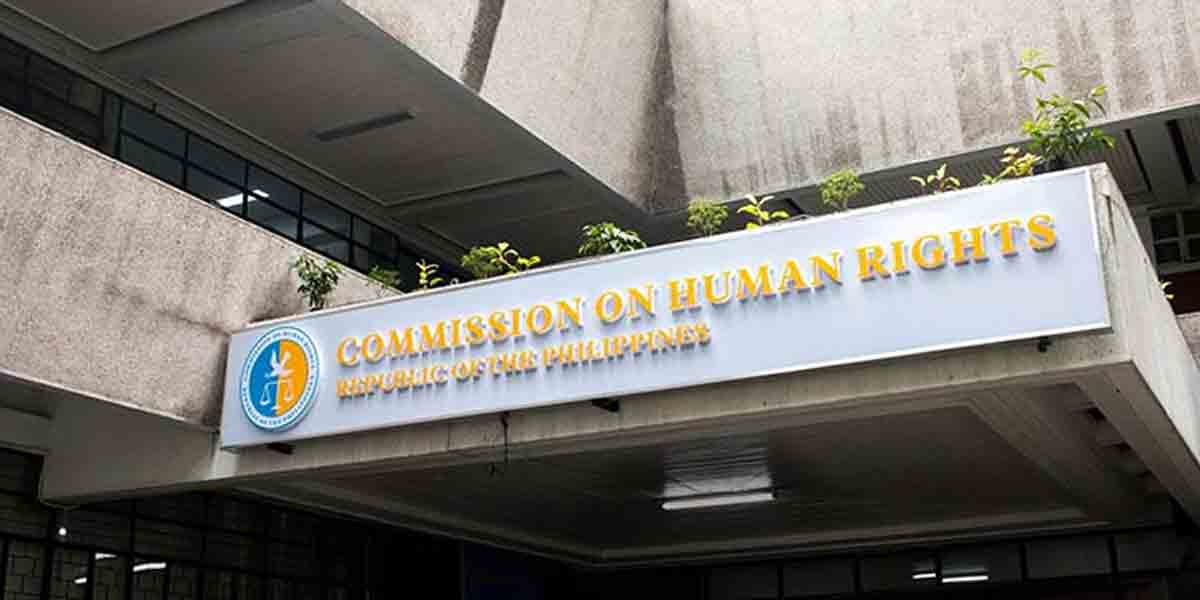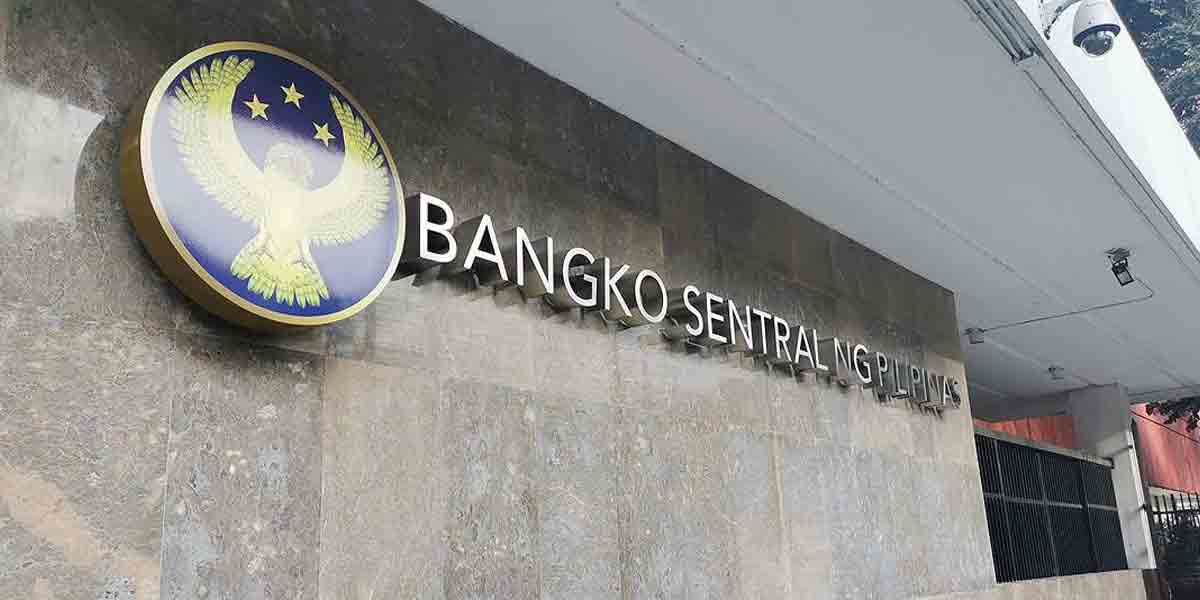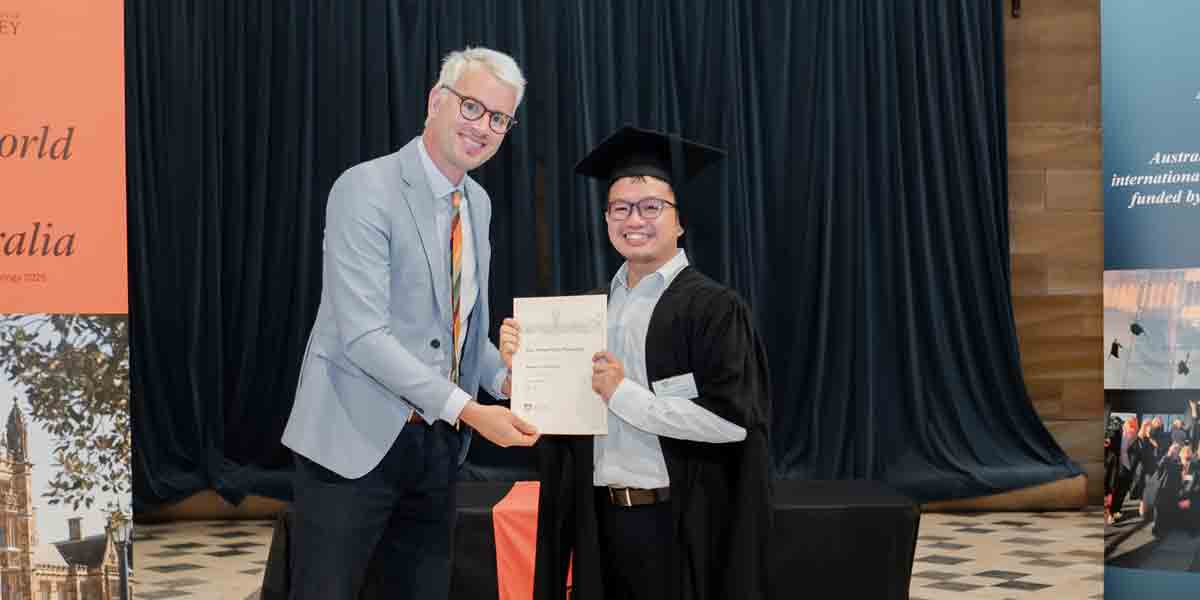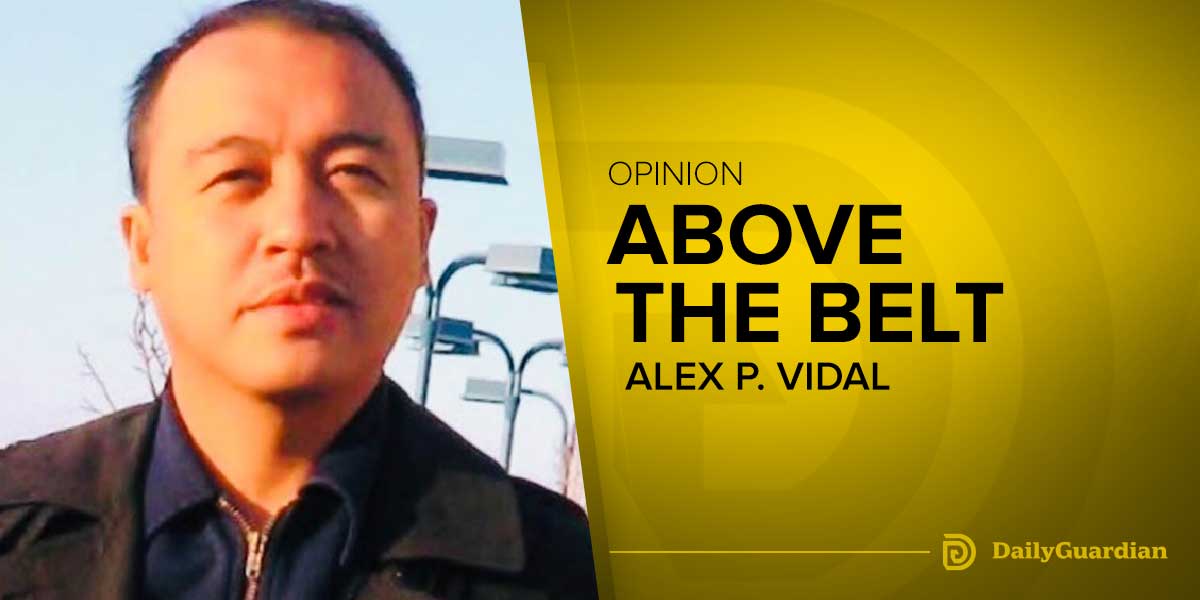 By: Modesto P. Sa-onoy
By: Modesto P. Sa-onoy
IT SEEMS that somebody or some groups powerful enough within the government or outside of it but wielding super clout are up against the Philippine sugar industry with the intent to either cripple or marginalize it. Tracing historical events since 1987, there is a pattern that pieced together will reveal that the industry is being pushed into a state of non-entity, that is, in the words of the late President Corazon Aquino, to become a “sunset industry”. People then belittled her words but unfolding events now present evidence to make a credible conclusion.
The recent reduction of the funds vital to the strengthening and necessary for the survival of the industry adds to the shreds of evidence towards what its leaders claim will be the “death” of the industry. The demise of the industry is an extreme term but the situation will reduce the dominant role of the industry in Negros. The erosion of that pre-eminence already whittled down by the decline in production, area, and dominance of marginal farmers will accelerate.
The fund for the industry is being slashed with a weak justification that not enough of it is being used. If the entire P2 billion mandated by the Sugar Industry Development Act is not spent, is that the fault of the industry or the officials, mainly in the Department of Agriculture that exercises control over the Sugar Regulatory Administration?
I don’t think that the industry representatives – planters and millers – are averse to spending to draw the industry out of its present state of uncertainty. They are, in fact, crying out for help but assistance appears not forthcoming. They even staked their image before the voters and incensed some planters for their support of the Tatak Kalamay that seemingly has forgotten them, though I hope not.
We are, however, in the dark as to what the SRA has been implementing with the use of the SIDA funds. The SRA appears to be secretive or simply not convinced of the importance of frequent public information. Is it true, for instance, that it does not have a public information office? As the late General Arcadio Lozada used to emphasize, “Do it well and tell it well”. That is a lynchpin of management of a public office.
For decades the industry needed to be understood because there are more negative impressions than reality in the public mind, even within Negros. If an image is to be the gauge, the industry is at the bottom rung not because the accusations against it are true but because explanations are scarce and lack credibility.
It is possible then that the fiscal managers of the government do not know the efforts of the SRA or the industry leaders in implementing programs using the SIDA funds. Honestly, we simply don’t know, even an SRA employee I asked doesn’t know. The information gap is simply incredible to the extent that people think it is good that the budget for the industry be slashed because it helps only the rich, a result of throw-back knowledge into the past.
The industry is just as responsible for lack of public awareness of the project implementation using the SIDA funds. How many SIDA scholars are there? How many kilometers or kinds infrastructures have been built, where and serving who? How many sugar block farms are there now and what is their state of development? What research projects have been initiated and disseminated to improve farm yields and mill efficiency? How much socialized credit was extended and to whom and what is the repayment efficiency? How many sugar mills had been helped to increase their efficiency as mandated in the SIDA and which the SRA is supposed to take special attention?
One miller told me that it will take at least P1 billion to improve the efficiency of one mill. That is already half of the SIDA mandated annual budget but now the bureaucrats would slash the funds that are necessary to improve mill efficiency and reduce production cost. Have low-interest funds been released for the purchase of machinery as an alternative to the high cost and scarcity of farm labor?
These are but a few questions that had probably been answered but the public does not know enough to support the call of industry leaders for help. Cynicism and indifference thus set in.
Let’s continue tomorrow.























